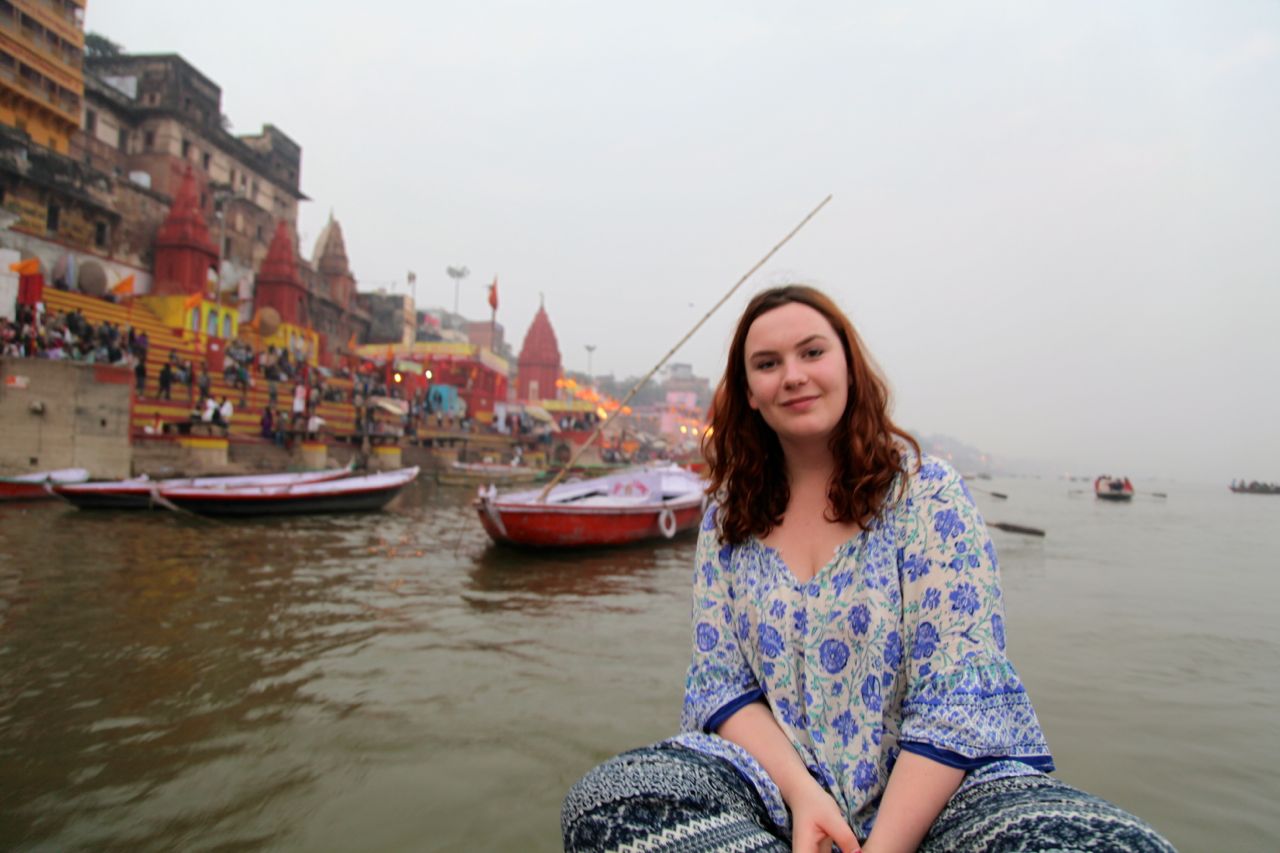I watched this movie almost by accident, I had nothing to do and was procrastinating wildly when I found it on my housemate’s hard drive and gave it a play.
I belong to Gen Y. A generation that is so used to hypermedia that we refuse to pay attention for more than two minutes to anything we stumble across on the web. So naturally, I found myself skimming through the movie.
I watched this semi-non-fiction, fictional narrative, in a non-linear way. It was an interesting way to go about it. Completely different to the Korsakow project that I created and the ones we viewed. Those were not narratives, they were lists. The interface guided the user between objects on a list, whereas in the movie I guided myself between different stages of a story. It didn’t matter that they weren’t in order.
This I think would be the only way to effectively tell a story through a Korsakow project. Rather than trying to tell a narrative, take different stages in a story. It needs to be a story such as the exploration of the deterioration of a relationship, where the cause and effect aren’t necessarily the most important thing, more rather, the beginning status and the end status are important and different events that show how the protagonists got there.
I now have an idea for a Korsakow fiction project where it explores one person’s life through a diary. Each clip having a date but the viewer not having the opportunity to watch them in order, only relatively randomly. So you can explore someone’s journey not from start to finish but from random state to random state and piece together their personality gradually. I think it’s a great idea and could work fictionally or non-fictionally if you were to use a real person and a real visual diary, or to create a person and their story through fiction.
